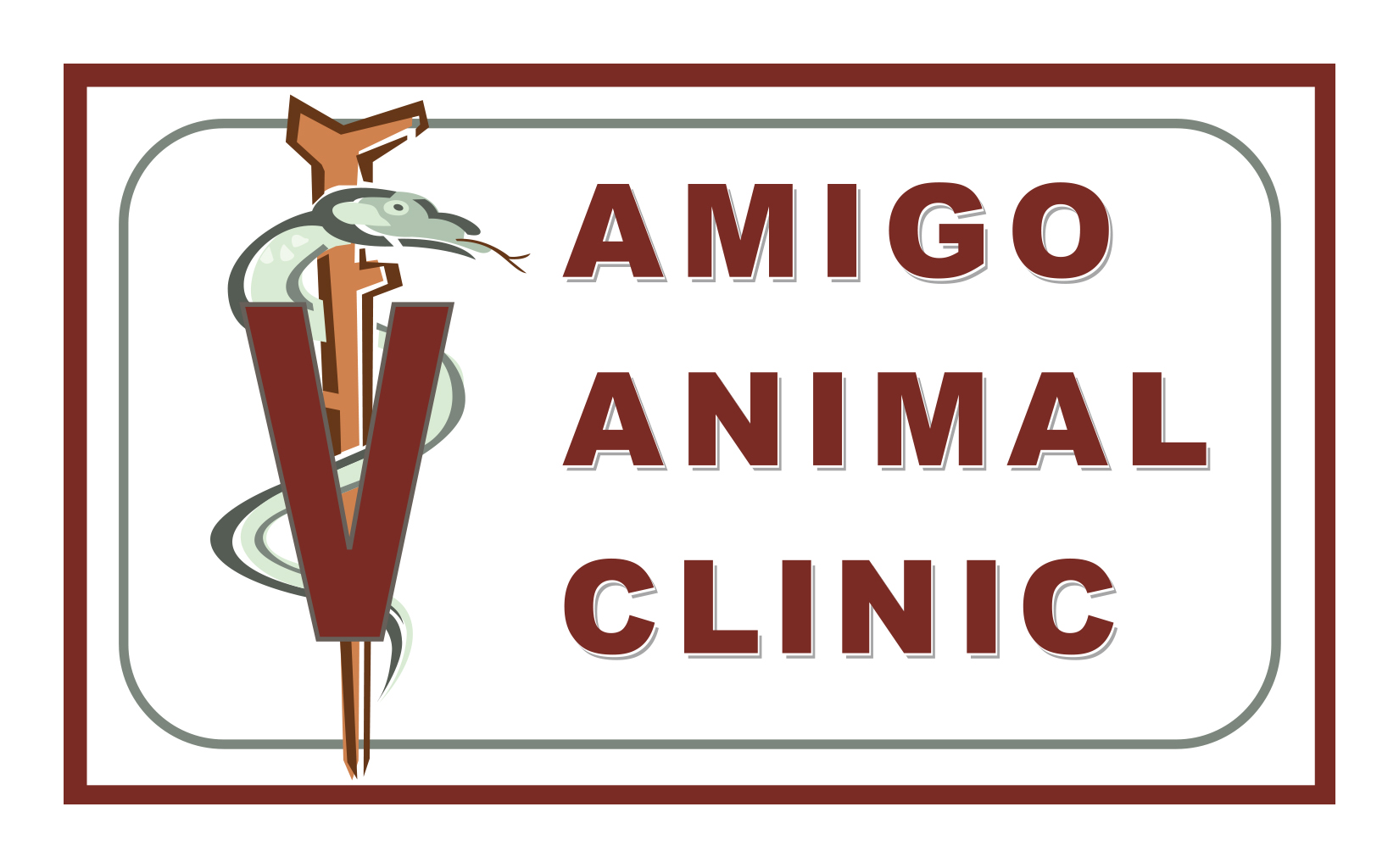Our Companion Laser therapy applies amplified light to alleviate pain and inflammation your pet may be experiencing.
Consider it the “non-cutting” edge of veterinary science! Laser therapy is an innovative technology used to treat acute and chronic injuries. This non-invasive treatment stimulates cell regeneration by increasing blood flow to the targeted area, which accelerates the healing process. It has been successfully used to accelerate the healing process after surgery, alleviate joint pain, and treat degenerative diseases.
How Pet Laser Therapy Works
Low-level or “cold” laser therapy for pets focuses red and infrared light on tissue at and below the surface of the skin. The light energizes the cells, producing a structural protein called collagen used to repair tissue. Lasers continue the healing process by supporting vascular dilation and synthesis, increasing blood circulation to the affected region. The stimulation also releases the body’s own pain-relieving hormones.
The process generally takes between 5-10 minutes, with most patients seeing positive effects after 3-5 uses. The treatment continues to relieve pain and fight inflammation for up to 24 hours following the session.
Conditions Improved With Laser Therapy
- Hip dysplasia
- Post-surgical incisions and soft-tissue trauma
- Arthritis and degenerative joint disease
- Musculoskeletal injuries
- Neuromuscular disease
Laser therapy is normally combined with other types of veterinary medicine including pharmaceutical regimens and alternative treatments. The broad biochemical benefits and lack of adverse side effects have made laser therapy the preferred post-operative rehab method in veterinary medicine.
Veterinary Laser Therapy In Grand Junction
If you would like to know more about veterinary laser therapy and if it could benefit your pet, contact us at 970-245-0210.
Explore Our Complete List of Veterinary Services in Grand Junction, CO
What's Next
Call us or schedule an appointment online.
Meet with a doctor for an initial exam.
Put a plan together for your pet.

